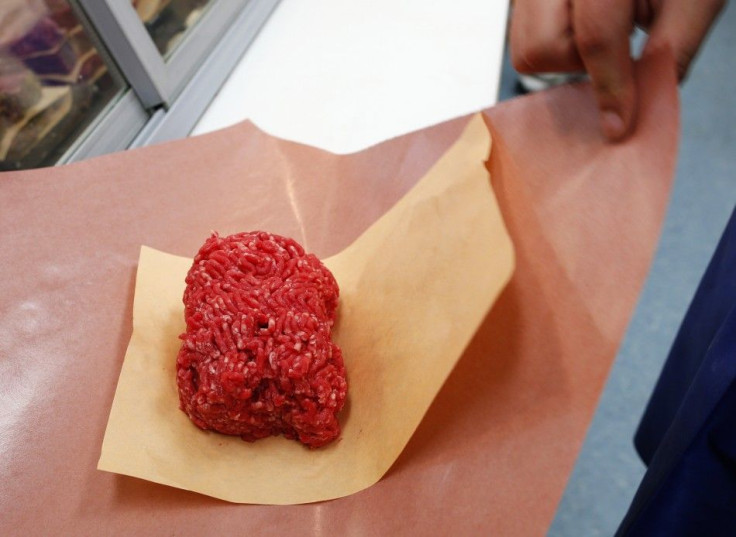Australian Meat Flooding New Zealand Markets As Kiwi Meat Is Feeding Export Markets

With New Zealand meat making ripples in the International markets bolstered by high demand, its domestic market is helping Australian meat to expand its presence. Its abundance can be seen in barbecues and kitchens across New Zealand as consumers are opting for cheaper Aussie cuts of lamb -- which are selling at half the price of their Kiwi counterparts.
Aussie Meat
According to figures from Australian Bureau of Statistics, the country sent 526 tonnes of lamb to New Zealand in 2015, doubling the volume of what it sent in 2014. A total of 3125 tonnes of Australian beef also came to New Zealand and had a rise of 81 percent from the 2013 volumes.
According to Beef + Lamb New Zealand chief executive Rod Slater, selling Australian lamb in Kiwi supermarkets and butcher shops is like sending coals to Newcastle, but the irony is that New Zealand farmers have their stuff in export markets and have nothing for domestic market. "We export 92 per cent of the lamb that's produced here. So sometimes you have to import to meet the domestic consumer demand. There's just not enough supply at times," Slater noted and added that Australian meat is often cheaper than their Kiwi counterparts. One more reason is-if an Australian wholesaler has excess supply and needed to be sold, they "need to sell it they'll reduce the price."
Meat and Livestock Australia's market information manager Ben Thomas claimed that if volumes continued at the same rate as they have been for the first six months of 2015, Australia’s national beef exports would rise for a fourth consecutive year. But most neighbourhood butchers in New Zealand still prefer local meat and are averse to stocking Australian-sourced meats. Even Aussie butchers have a fixation for New Zealand meat.
Supermarkets like Countdown sell Australian lamb legs at a price tag of $11.99 per kg. However, Countdown spokesman James Walker admitted that they prefer to source New Zealand lamb and meat, and all their fresh pork and chicken has been New Zealand sourced. "From time to time we stock Australian lamb to provide customers a choice at a more competitive price point," he said. But domestic lamb prices were heavily influenced by the fact that New Zealand is a lamb exporter, and New Zealand lamb is in high demand across the world, he noted.
Premium Quality
Mad Butcher chief executive Michael Morton said the situation in New Zealand's meat industry is similar to its dairy market as overseas markets are more important causing an under-supply at home. The reason for Australia’s surge is prolonged drought and skewed June rainfall increased the culling of animals. Another factor that is hiking Kiwi meat abroad is the rise of China as an export market.
"Ten years ago we didn't send much to China. Now it's a huge market. If producers can sell their products elsewhere for a higher price, then they're going to sell it at a higher price there," noted Morton. Further, New Zealand's beef and lamb has an edge because they come from grass-fed livestock as opposed to grain-fed livestock in rest of the world. So, New Zealand suppliers can command higher prices overseas because the meat is of premium quality.
(For feedback/comments, contact the writer at k.kumar@ibtimes.com.au)





















